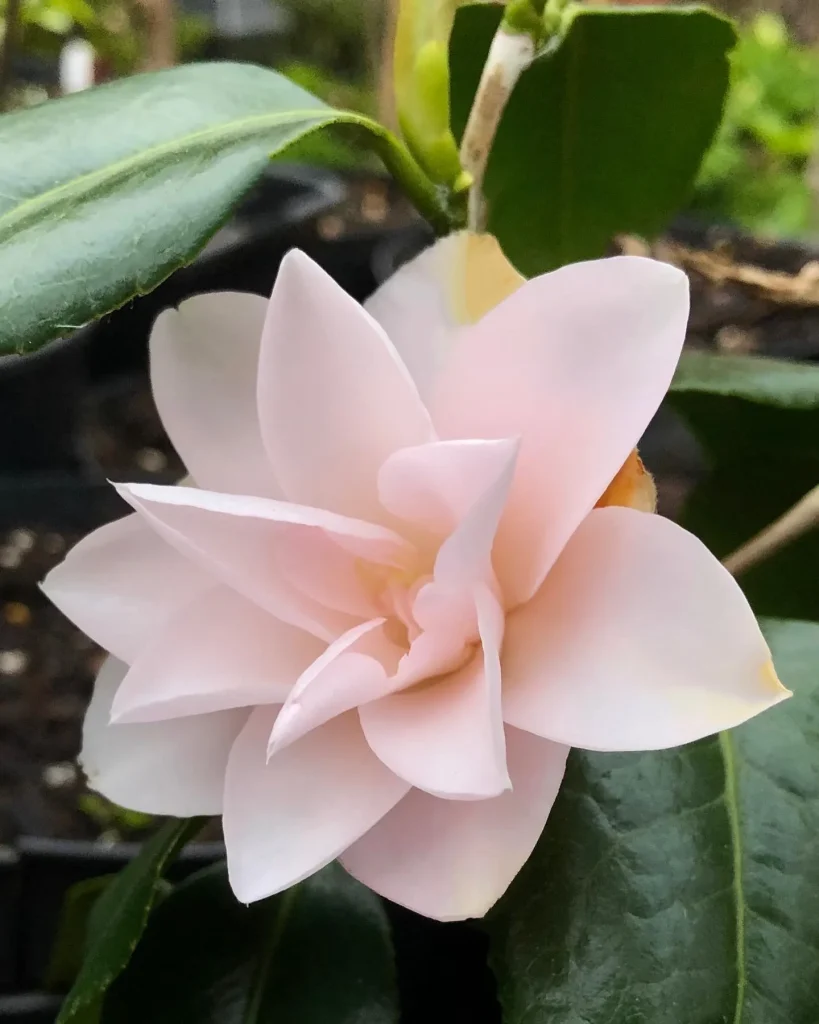The Allure of the Peperomia Clusiifolia: A Low-Maintenance Beauty
My love affair with houseplants started with a single Peperomia clusiifolia. This little wonder, also known as the Red-Edged Peperomia, captivated me with its plump, emerald leaves and their striking crimson borders. Unlike the finicky orchids that intimidated me, the Peperomia clusiifolia seemed to thrive on benign neglect. It was perfect for a busy plant newbie like me.
Over the years, my Peperomia collection has flourished, and the Red-Edged Peperomia remains a favorite. Here’s what I’ve learned about caring for this little charmer, along with some tips for propagating it and sharing its beauty with others.
1424 Species in Genus Peperomia
What is Peperomia Clusiifolia?
The Peperomia clusiifolia hails from the lush rainforests of Jamaica. It’s a member of the Piperaceae family, closely related to peppercorns. But unlike its fiery cousin, the Peperomia clusiifolia boasts a peaceful presence. Its compact size, typically reaching only 8 to 12 inches tall, makes it ideal for apartments or windowsills.
The real showstopper is the foliage. The Peperomia clusiifolia’s leaves are fleshy and oval-shaped, with a glossy sheen that adds to their allure. The true magic lies in the margins, where a vibrant red hue paints a delicate border. Some varieties boast variegated leaves, with splashes of cream or pink adding another layer of visual interest.
How to care for Peperomia Clusiifolia?
This little trooper thrives on a light touch. Bright, indirect sunlight is its preference. Avoid harsh rays that can scorch the leaves. Think of a spot near a north or east-facing window.
Watering is key, but don’t drown your Peperomia clusiifolia! Allow the top inch of soil to dry completely before watering again. Soggy soil is a recipe for root rot. Opt for a well-draining potting mix specifically formulated for cacti and succulents.
When it comes to temperature, the Peperomia clusiifolia isn’t fussy. Average room temperatures between 65°F and 75°F (18°C and 24°C) are perfect. Avoid placing it near drafts or air conditioning vents.
Propagating Peperomia Clusiifolia: Sharing the Love
The beauty of the Peperomia clusiifolia is meant to be shared! Luckily, propagation is a breeze. There are two main methods: stem cuttings and leaf cuttings.
Stem cuttings:
- Identify a healthy stem with at least two nodes (the bumps where leaves emerge).
- Using a sharp, sterilized knife or pruning shears, cut the stem just below a node.
- Remove the lower leaves, leaving a couple of nodes exposed.
- Pot the cutting in a well-draining mix, ensuring the nodes are buried.
- Water lightly and keep the soil slightly moist.
- Place the pot in bright, indirect sunlight.
Leaf cuttings:
- Select a healthy, mature leaf.
- Gently remove the leaf from the stem, making sure it has a short petiole (leaf stalk) attached.
- Lay the leaf flat on a well-draining potting mix, ensuring the petiole makes contact with the soil.
- Lightly press the petiole into the soil and mist the surface.
- Cover the pot with a clear plastic bag to create a mini greenhouse.
- Place the pot in bright, indirect sunlight and keep the soil slightly moist.
With a little patience, you should see new growth emerge from the nodes or the base of the leaf in a few weeks.
Is Peperomia Clusiifolia Toxic to Cats?
While the Peperomia clusiifolia isn’t inherently deadly, it’s best to consider it mildly toxic to curious felines. The leaves contain calcium oxalate crystals, which can cause mouth irritation, vomiting, and diarrhea if ingested.
If you have cats, it’s advisable to place your Peperomia clusiifolia out of their reach. Alternatively, consider planting varieties with less attractive foliage, like spider plants or ferns, which are generally considered cat-safe.
Peperomia Jelly vs Ginny
These terms are linked to the distinctive foliage of the plant: Peperomia Ginny possesses succulent-like, thick leaves adorned with streaks of green and vibrant cream to yellow variegations, while the common name Peperomia Clusiifolia Jelly originates from the leaves’s texture and color.
Peperomia Clusiifolia vs Obtusifolia
Peperomia Clusiifolia, also known as Red-Edge Peperomia, closely resembles Peperomia Obtusifolia in growth habit and leaf shape, although it tends to be slightly larger with more elongated leaves; distinguished by dark green, oval-shaped leaves featuring a striking dark red margin, these plants are typically propagated through stem cuttings.
The Peperomia clusiifolia is a charming and low-maintenance houseplant that injects a touch of tropical flair into any space. With its easygoing nature and stunning foliage, it’s the perfect companion for plant enthusiasts of all levels. So, why not add a touch of Peperomia magic to your home today?
If i die, water my plants!



